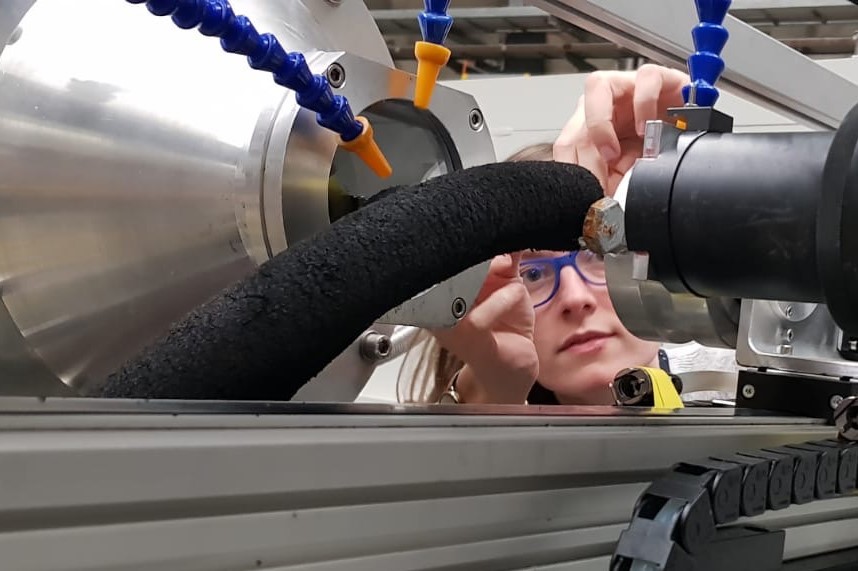Chưa có sản phẩm trong giỏ hàng.
Tin tức, Công nghệ & sản phẩm mới, Khoa học và đời sống
Small-angle scattering techniques offer new insight towards the treatment of Alzheimer’s disease
Aggregates of amyloid beta- (Aβ-)peptide, known as fibrils, are one of the hallmarks of Alzheimer’s disease and play a key role in the sequence of events leading to dementia symptoms. Using small-angle neutron and X-ray scattering, researchers from Lund University and the Paul Scherrer Institut have determined the detailed structure of Aβ42-fibril, obtaining important information to design future therapeutics.



